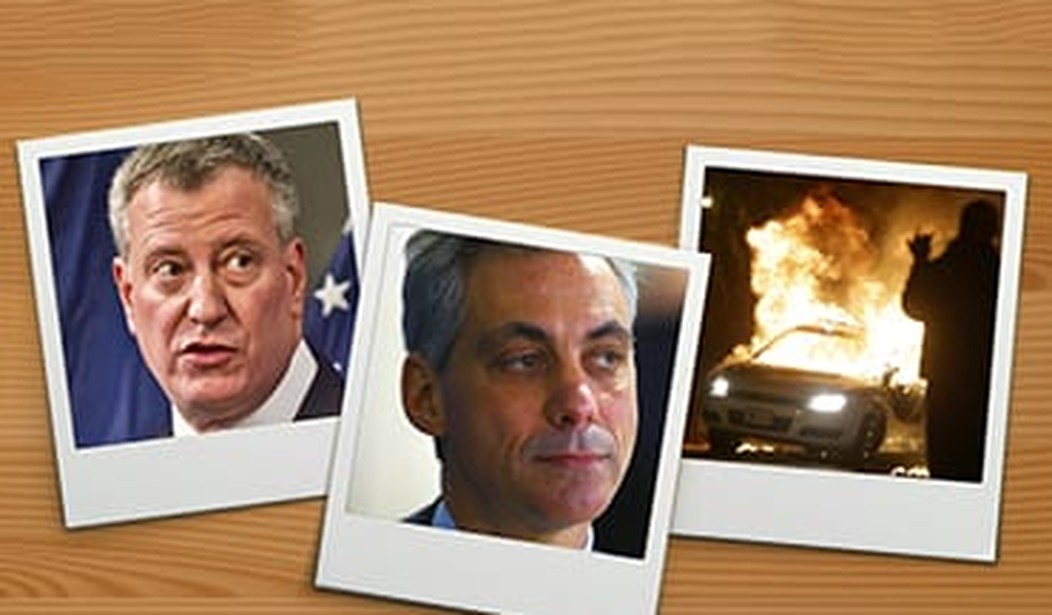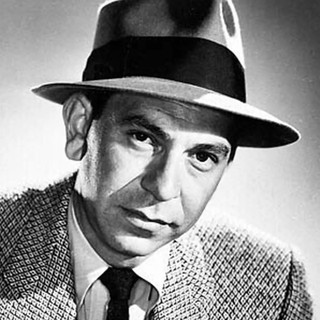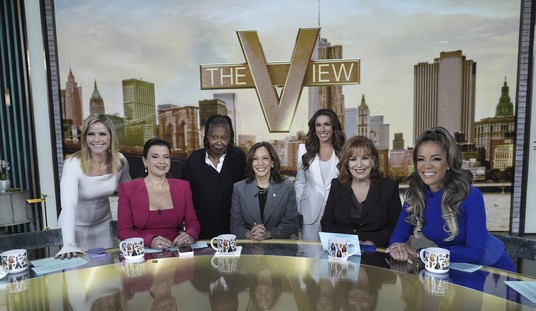In a previous visit, gentle readers, we discussed the “Ferguson Effect,” which contrary to the wishes and assertions of some, is real and getting worse. The Ferguson Effect may be broadly defined as the growing reluctance among police officers to expose themselves to the type of ordeal experienced by Darren Wilson, the former Ferguson, Mo., police officer who in August 2014 shot and killed Michael Brown. As everyone should know but many do not, Wilson was found to have acted within the law in shooting Brown, who a) had assaulted Wilson and attempted to wrest the officer’s handgun away from him, and b) was charging at the officer in an apparent attempt to do so a second time when the fatal shots were fired.
Wilson was cleared of wrongdoing by a St. Louis County grand jury and by the U.S. Justice Department, led at the time by Eric Holder, who, we may conjecture, would have been gleeful at the discovery of even the slightest suggestion that Wilson had violated the law. No such suggestion was found.
Most of the evidence that would vindicate Wilson was known to investigators within hours of the shooting, and the rest of it was known within a week. Despite this, Wilson was hounded from his job and his home and subjected to months of baseless criticism and even death threats while Michael Brown, the gang member who had committed a robbery minutes before he was killed, was hailed as a hero and a martyr to civil rights. The “hands up, don’t shoot” canard, which originated with Brown’s friend Dorian Johnson on the day of the shooting, was allowed to gain a foothold in the media and proliferated from that day on, this despite abundant evidence that it was false and despite Johnson’s manifest lack of credibility (he had accompanied Brown during the robbery but failed to include this detail in his fabricated accounts to reporters).
Thus was the myth born that the greatest physical risk to young black males in America is not that which is posed by other young black males with a grudges and guns, but rather that posed by racist cops looking for an excuse to shoot them down for little reason or even none at all. And from this poisonous lie has arisen the Black Lives Matter movement, which, despite its dubious origins, goes unchallenged in its campaign to distort public perception and influence public policy.
Consider the recent announcement in New York City that police and prosecutors will now focus their efforts on “serious crimes” and deemphasize enforcement action on “minor offenses” like public drinking, littering, and public urination. In doing so, the NYPD will abandon the “Broken Windows” theory of policing, which prescribes that by taking action against minor breaches of the law police will lower the frequency of major crimes as well, thus enhancing the quality of life for all the city’s residents, particularly those living in neighborhoods most affected by crime. NYPD Commissioner William Bratton was a pioneer in this model of policing during his first tenure in the job, during which New York saw a drastic reversal of the escalating crime rates that had made the city all but unlivable. To illustrate the point, consider that there were 2,262 murders reported in New York in 1990 and just 352 in 2015. Imagine the thousands of lives that would have been taken if the murder rate had remained constant.
The NYPD did not achieve this by concentrating only on “serious crime” as is now proposed, but rather by cracking down on both serious and minor violations of the law. It was only a few short months ago that Bratton and coauthor George Kelling wrote in City Journal of the crying need for Broken Windows policing. The sub-headline on the article read: “It has saved countless New York lives—most of them minority—cut the jail population, and reknit the social fabric.” All true, and all compelling reasons for continuing the practice. So compelling, in fact, that one can’t help but wonder why Bratton would acquiesce to this sudden reversal.
If the law enforcement priorities reflected by this change in policy are unclear, the political priorities are not. Mayor Bill de Blasio seeks to minimize confrontations between police and lawbreakers, and he knows that lawbreakers are concentrated most heavily in those black and Latino neighborhoods most often ignored by the New York media. Better to let criminals run wild (as long as they stay out of the tonier districts of Manhattan) than risk an incident like the one that has endangered Mayor Rahm Emanuel’s future in Chicago.
Recall that Emanuel badly mishandled the Laquan McDonald police shooting in Chicago. When 17-year-old McDonald was killed by a police officer under controversial circumstances, Emanuel withheld police dashboard camera footage of the incident for almost a year until a judge ordered it released. And the release of the video almost magically coincided with the filing of murder charges against the involved officer. Despite this nakedly political attempt to appease the mob, the ensuing protests shut down Michigan Avenue on what should have been the busiest shopping day of the year and brought calls for Emanuel to resign. Emanuel’s lesson was not lost on ambitious politicians like de Blasio and elsewhere: Better for a city to endure higher crime than see a racially charged incident turned into a political liability.
As crime soars in Chicago, the city’s police officers are burdened with further disincentives to respond. An Illinois state law that took effect this year requires all police officers to complete a report on every person stopped for any reason and to give the person a receipt. In Chicago, the requirement is even more onerous: the form used by Chicago P.D. is two full pages, this owing to an agreement between the city and the ACLU. And now Rahm Emanuel claims to be surprised that his officers are making fewer stops. If you want cops to do less of something, make them write more paper about it.
There are similar developments in Los Angeles, where as of March 6 (PDF), murders were up 27 percent and arrests down 10 percent when compared to the same period last year. The LAPD’s rank and file had already lost faith in the department’s command, and a decision by the police commission on Tuesday will only worsen matters. In a unanimous vote, the five commissioners adopted a recommendation to change the LAPD’s use-of-force guidelines in such a way that officers involved in shootings will be judged on whether or not they did enough to avoid using deadly force.
In September of last year I wrote in this space on the police commission’s newest member, Matthew Johnson, an entertainment lawyer who, like his four colleagues, has no training or experience in police work whatsoever. It was Johnson and a second commissioner, Robert Saltzman, who proposed the changes, and now that their colleagues have signed on, at some future date they will deem themselves qualified to divine the mental state of every officer who uses deadly force and to pronounce on whether or not those officers made sufficient effort to avoid firing their weapons. Call it adjudication by crystal ball.
Someone who has both training and experience in police work is David Klinger, a professor of criminal justice at the University of Missouri—St. Louis. Klinger, a personal friend of mine and a former LAPD officer, is a widely cited expert on police shootings and has studied them in great detail. His book on the subject, Into the Kill Zone: A Cop’s Eye View of Deadly Force, should be required reading for anyone rendering an opinion on the propriety of any police shooting. (Alas, I doubt if even one of the LAPD’s five commissioners has read it.) In an interview with radio station KPCC, Klinger said the proposed changes might deter officers from taking action out of fear of being second-guessed. He was perhaps being politely circumspect in the interview, for surely he knows, as does anyone who understands police work, that that is precisely what will happen if these changes are adopted, and that the result will be higher crime when officers choose to disengage rather than take action that will be judged according to the naïve, utopian standards of the police commission’s social justice warriors. There is the further danger, of little concern to commissioners, apparently, that cops will end up dead or wounded when, rather than defend themselves, they pause for the type of reflection these proposed changes would seem to require.
Already this year, twelve police officers have been shot to death in the United States, including one on her very first day on patrol. That’s three times as many as at this time in 2015. Yes, there is a violence problem in this country, but it’s not the police that are causing it. Things will get much worse before they get better.










Join the conversation as a VIP Member